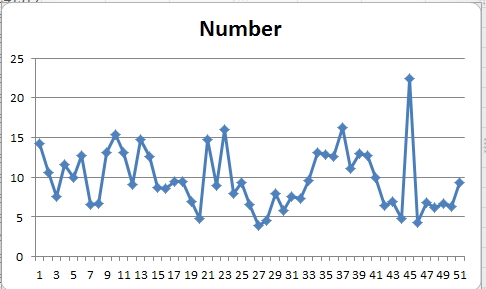Books' sales are now weird. Overall, they are down as people are switching to e-books. There are still many stubbornly like me stick to physical book but slowly the market is changing. As large specialist books' stores like this one

slowly dwindle.
Even so, that is not true for the smaller ones. I have several clients that had a large bookshop near them that closed down, and many of the former customers of the large bookshop are coming into their shop now. They are actually reporting higher book sales.
Still what quite surprised me was when I was asked to data mine one of my client's shops and investigated their book department. I just did not expect to see in their shop any improvement in books actually neither did the owner but when we looked at the figures, we saw the data mining program show that the book department profit was up by 17.8% in the past year.
Why was it missed?
Well because nothing really changed, what it was, was the result of several small incremental changes in the book market place.
The number of books actually dropped by .5%

But because the sales every week are up and down, no-one noticed the small underlining trend. What the owner did pay attention to was the industry news that sales were badly down and simply assumed their shop was similarly affected. He told me that they were thinking of reducing our book department because the sales were dropping so much?
When I told him, he was only. 5% down his immediate reaction was "Is that all, It cannot be so small? Nevertheless, if so where is the 17% increase in profit?"
So then we looked at the margins on the books sold every week over the year, but although you do not see much, a data mining program picks up that they are up overall about 6%.

Still 6% margin increase with a .5% decrease is not going to give you a profit increase of 17.8%, so what is going on? The data mining pops up; the unit price is up 7.8%.

Then the owner clicked. He started to excitedly to say to me, yes because of the changes in the book market place, we do sell more of the dearer books now.
It was an interesting exercise and shows that a person behind the counter can actually get false signals. Part of the reason it was missed was because it is a small department in a shop with sales of about $100 a day on average.
The shop owner now intends to do a complete change in marketing and increase its book department somewhat.
What is does show is the need of analysis in the backoffice just running on gut feel is not enough?


